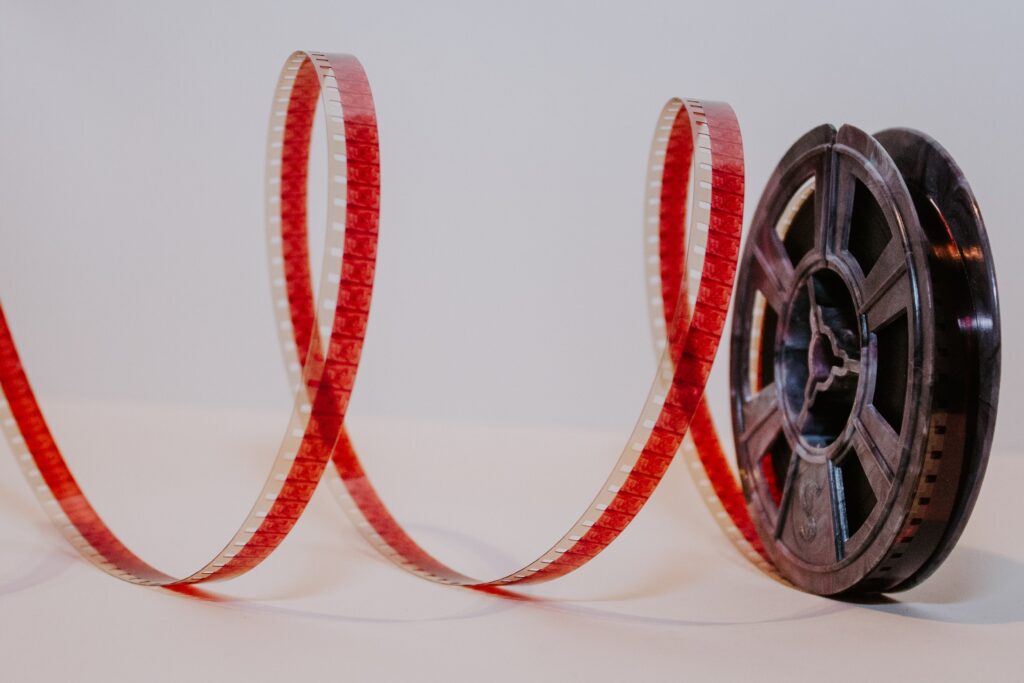In any creative industry, from video games to music to fashion, intellectual property (IP) is a key component to protecting artists and spurring growth. This is truly the case when it comes to animated films, where control of IP can lead to significant profit — or the downfall of a studio.

Beloved IP can lead to long-term franchises and opportunities in a wide array of other media as audiences form connections with characters and universes over time. Beyond this, IP fuels the animated filmmaking process through established documented workflows that make it easier to procure film funding. And while these may sound like recent developments, the crucial role of IP in animation has a long (and complicated) history. Read on to learn more about how intellectual property fuels the animated film industry.
Where IP and Animation Truly Began
To understand how IP became so crucial in developing animated films, one must go back to 1928: the year Disney shattered the industry with the release of Steamboat Willie. This iconic animation was the first distributed film to feature Mickey Mouse and is technically under copyright until 2024. In 2024, the film, and the black-and-white version of Mickey, who appears in it, will enter the public domain and become accessible to any artist or studio.
Steamboat Willie — and Mickey himself — have been at the forefront of many IP debates, as it already faced the potential of entering the public domain several times throughout history. Disney has fought hard to ensure the later-created, colorized Mickey Mouse remains protected. As the character has become so universally recognizable (and profitable), it would be devastating to Disney to lose primary control of the character. This is just one example of how a beloved IP can transform a studio over decades.
How IP Funds Filmmaking
Knowing, then, how single characters can shape a studio (Mickey Mouse has single-handedly brought Disney billions of U.S. dollars), how does IP fit into the overall filmmaking process? The answer is that it’s a crucial component of producing a film. Most films begin with an idea or a script, which is generally attached to IP — in the animated world, this can be an existing character or something completely new.
Either way, these early stages, in which producers are granted the rights to the IP, are necessary to procure funding for a film. These contracts can include copyrights to numerous aspects of IP, from characters to music to different types of adaptation rights. IP processes follow strict legal terms and give producers a sense of security regarding the funds they invest in the project. Thus, a thorough understanding of the IP is needed to create any animated film successfully.
How IP Builds Animated Franchises Today
As mentioned, IP goes beyond the overall characters or the script itself. In today’s animation industry, strong IP is all about recognizable branding and the opportunity to franchise. Successful studios leverage their IP into games, Broadway shows, toys, albums, and more — which helps deepen audience loyalty and set the stage for another film featuring the same IP.
When finding new IPs, the global marketplace allows innovative ideas and connects artists and producers worldwide like never before. Entertainment companies like TAOST are building pipelines to procure unique IP and easily allow producers (AND CREATORS) to reap the rewards, opening the doors to untold animated stories from inspiring artists. In today’s competitive animated marketplace, creating new platforms to access powerful IP has never been more critical.

